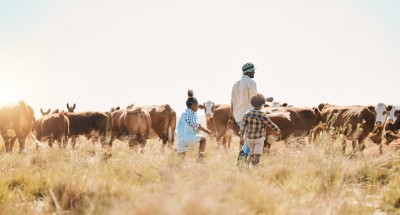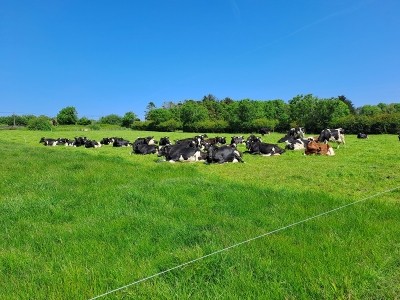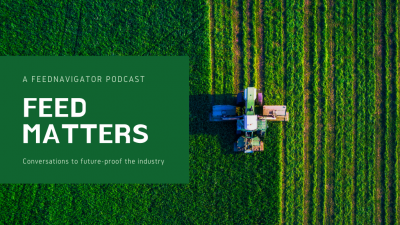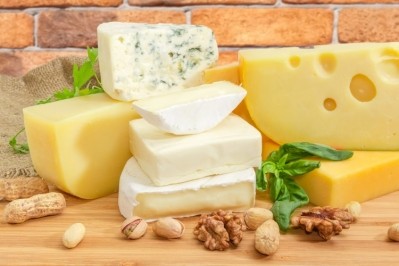Cows that emit less methane have energy-efficient rumens, study finds
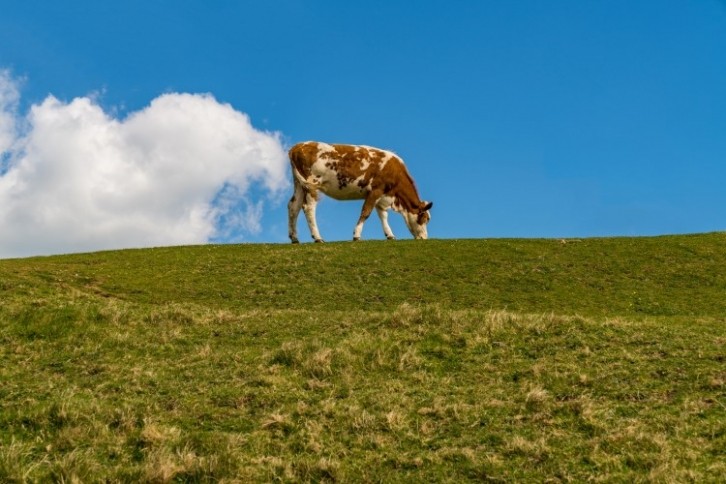
Academics from University of Pennsylvania School of Veterinary Medicine and Pennsylvania State University carried out a five-week experiment to determine how cows that naturally emit low levels of methane compared to those that were high-emitters in terms of milk production, milk composition and feed intake.
The researchers selected a total of 10 lactating Holsten cows – five low- and high-emitters each – from a herd of 130 cows housed at Penn State. Over the course of the study, there were no noticeable differences in milk production and milk composition – including milk fat, lactose and true protein - between the two groups of cows, though the low emitters digested less of the feed provided.
The researchers took samples of ruminant contents to extract DNA and cDNA samples in order to examine the microbiome composition in the two groups of animals. The ruminal microbiota in dairy cows was dominated by bacteria, followed by methanogens, eukarya, and viruses. The academics found differences in both microbial populations and fermentation pathways.
For example, low emitters had lower levels of ‘methanogens’ - microbes responsible for methane production - and higher levels of enzymes reported in Succinivibrionaceae, bacterium that dominates the rumen of low methane-producing animals such as wallabies. The researchers have concluded that the presence of Succinivibrionaceae is linked with directing hydrogen away from methanogens, making for a natural energy-efficient process in the rumen. Low emitters also housed lower levels of methyl-CoM reductase, an enzyme that facilitates methane formation.
Meanwhile, high emitters had higher levels of methanogens and increased relative proportion of acetate, which is linked to higher methane production. There were also several observable differences between the two groups of animals, e.g. low emitters typically had smaller frames, which in prior research had been associated with smaller rumen capacities.
While the researchers have warned that additional studies, particularly such that include a larger number of animals, should be carried out to confirm some of the findings, one argument is that this work could be used to inform future breeding decisions, where selecting for genetic traits of low methane-emitting cows could help farmers breed low emitters and this reduce emissions from farming without affecting milk production and composition – and without resorting to feed additives and methane suppressors. The outcomes can also be applied to other ruminant livestock, including beef cattle and sheep, the researchers stated.
“We hypothesize that selecting for the [low methane] phenotype will result in a shift in the rumen fermentation similar to that when methane is inhibited chemically, leading to a decreased relative proportion of acetate and an increased relative proportion of propionate,” the academics concluded in their study. “Additionally, we hypothesize that these changes in the fermentation profile will be followed by a shift in the microbial community and its gene expression, without negatively affecting animal production performance.
“These findings corroborate that host genotype may exert selective potential for certain bacteria-archaea networks that then govern the energy-partitioning mechanisms that divert hydrogen away from methanogenesis to alternate hydrogen-utilizing pathways such as succinate and propionate production in cows that have less CH4-emitting potential and vice versa.”
Source:
Microbial composition, rumen fermentation parameters, enteric methane emissions, and lactational performance of phenotypically high and low methane-emitting dairy cows
Pitta, D.W., Hristov, A. N., et al.
Published: 19 July 2023, Journal of Dairy Science
DOI: 10.3168/jds.2022-23190
